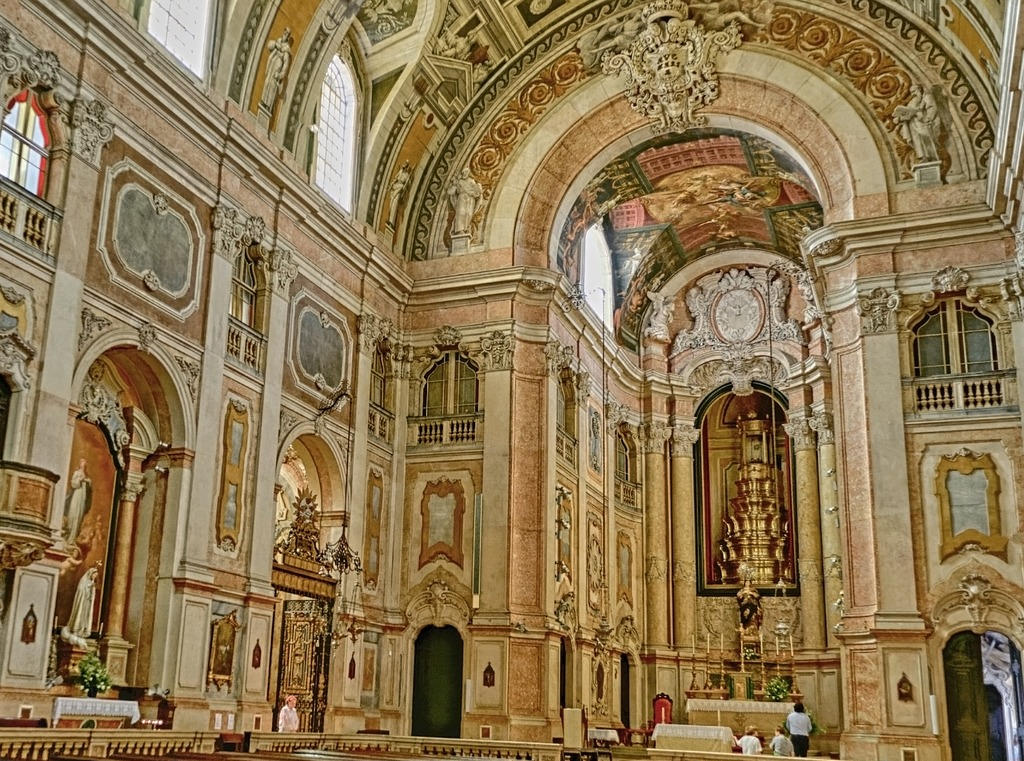The religious orders, including monastic communities and convents, had long played a prominent role in Lisbon's social, cultural, and spiritual fabric. They were centers of education, charity, and religious devotion, housing a considerable number of monks, nuns, and clergy. However, their power and influence were seen by some as an obstacle to progress and liberal ideals.
In 1834, the Liberal government, led by the regency of Queen Maria II, passed a series of laws that effectively dissolved the religious orders in Portugal. The new legislation aimed to secularize society and redistribute the vast wealth and properties held by the religious institutions. As a result, many monasteries, convents, and churches in Lisbon and across the country were seized by the state.
The impact of this decision on Lisbon's religious landscape was profound. The city, once dotted with magnificent monastic complexes and places of worship, underwent a dramatic transformation. Monasteries and convents that had stood for centuries were closed, their inhabitants disbanded, and their properties taken over by the government.
The confiscated properties were repurposed for various uses, reflecting the changing needs and priorities of the time. Some former monasteries were converted into administrative buildings, hospitals, or educational institutions, while others were sold or left abandoned. The once vibrant spiritual centers became silent witnesses to the changing tides of political and societal upheaval.
Lisbon.vip Recommends
Lisbon, with its rich religious heritage, bore witness to the consequences of these events. The city's churches and monastic complexes, some of which had stood for centuries, saw their religious functions diminished or transformed. The landscape of Lisbon's neighborhoods changed, as former religious properties took on new roles and purposes.
Today, the echoes of this historical event can still be felt in Lisbon. Visitors to the city can explore the architectural remnants of these religious institutions, such as the former Convento do Carmo, which now stands as a hauntingly beautiful ruin. The transformation of these spaces serves as a reminder of the intricate interplay between politics, religion, and culture that has shaped Lisbon's identity over the centuries.
The abolition of religious orders and the confiscation of their properties during the Liberal Wars left an indelible mark on Lisbon's history. It represented a turning point in the city's religious and political landscape, reflecting the tensions and aspirations of a nation in the midst of profound change. As Lisbon continues to evolve, these events remind us of the complex tapestry of the city's past and the forces that have shaped its present.



